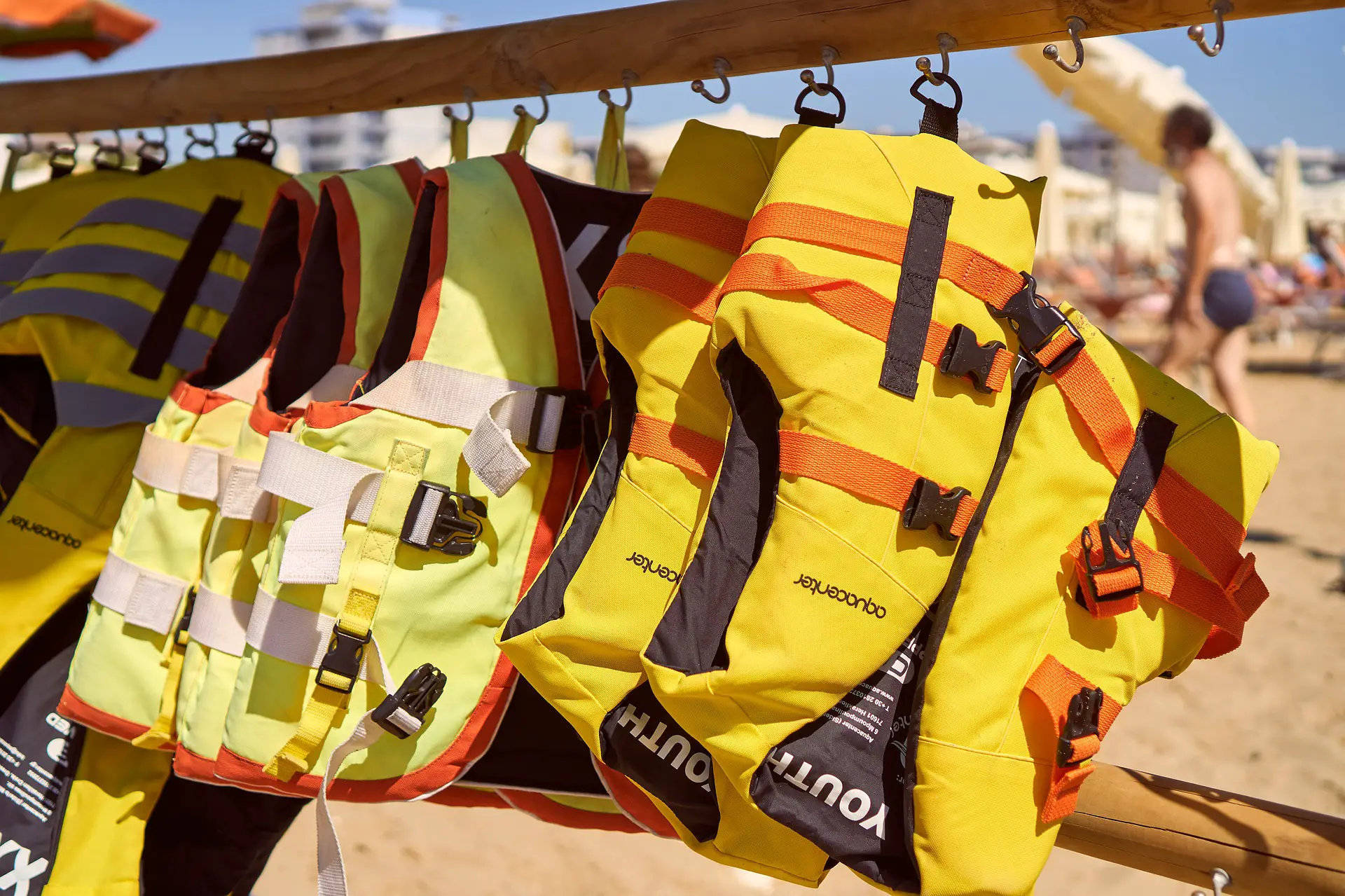While spending time on the water is enjoyable to experience, whether you’re cruising, participating in watersports, fishing, or beaching, safety is of the utmost importance. Unexpected situations can occur at a moment’s notice, and it is best to be prepared. In the event of a man overboard situation, a type IV throwable device can help save lives. Just what is a type 4 throwable device.
What Is A Throwable Flotation Device
Many people aks what is a type IV throwable device? A throwable device is a ring or cushion that is designed to be tossed to someone who falls overboard.
A type IV throwable must be made readily available. Also, the throwable device must be in a visible space. Never stow the throwable as it is needed urgently in emergency situations.
What Southern States Require a Throwable Device
The states of Georgia, South Carolina, and North Carolina all require a type IV throwable device dependent on the vessel’s size.
Georgia
A type IV throwable is mandatory on all vessels above 15′ 11″ in size.
South Carolina
All boats over sixteen feet are required to have a type 4 flotation device on board and available at all times.
North Carolina
The state of North Carolina also requires a type 4 throwable be on vessels sixteen feet and larger.
Where Can You Buy A Type 4 Throwable Device
When it comes time to purchase a type IV throwable, they can be bought in either in stores or online. All boating supply shops will stock coast guard approved throwable devices. They can also be purchased in large retail stores like most Walmarts, Dick’s Sporting Goods, and Ace Hardware. Type IV devices can be ordered online from Amazon and arrive the next day. Never go out out the boat without a throwable device.
How Much Does A Type IV Throwable Device Cost
Fortunately, type IV throwable devices are low in cost. They can be purchased for as little as nine dollars when online shopping. You don’t need to get fancy unless, of course, you want something with a specific design at that point, expect to pay more.
Where Should A Type 4 Throwable Device Be Stored On A Boat
Simply having a throwable device is not enough to satisfy both the coast guard and local law enforcement. Placement is also critical.
A throwable type IV must be placed in an area that they can be easily accessed. They cannot be stowed away in a hatch, T-top, bilge area, or any other place that it is not fully exposed. It must be available to be used at a moment’s notice. Fumbling for it can result in someone drowning.
Fines can be levied for both not having a type IV throwable on board in addition to the throwable device being stowed away when it should be visible to the officer.
How Do You Use A Type IV Throwable Device
When it comes to what is throwable it is more than just knowing what it is but how to use one. Properly deploying a type IV throwable device and using the throwable if rescued is simple if you understand how to do so correctly.
For the person who is throwing the device in a rescue situation, the goal is to aim the throwable to land within the victim’s reach. Take into account the strength and direction of the wind. Throwables can easily be pushed off course because they are light in weight.
When the victim receives the throwable, the arms should be placed through each of the straps. Once one arm is placed through one loop and the opposite arm through the other loop, squeeze the flotation device against your stomach.
The purpose of the throwable is to provide buoyancy to the victim. A person will not become fatigued, which can lead to drowning. Once the throwable is secured against the body, the person can float, allowing the boat operator to circle around and recover the individual. A throwable is also useful when water skiing to assist the skier while they are being retrieved after a fall.
Time To Get On The Water
Now that you are in compliance with Georgia, South Carolina, and North Carolina boating laws relating to a type IV throwable and you know how to use it, it’s time to get out on the water. Taking a boaters ed class can also help you operate the boat and help avoid dangerous situations. Safety is most important and can be done while having a good time on the water.







Leave a Comment
You must be logged in to post a comment.